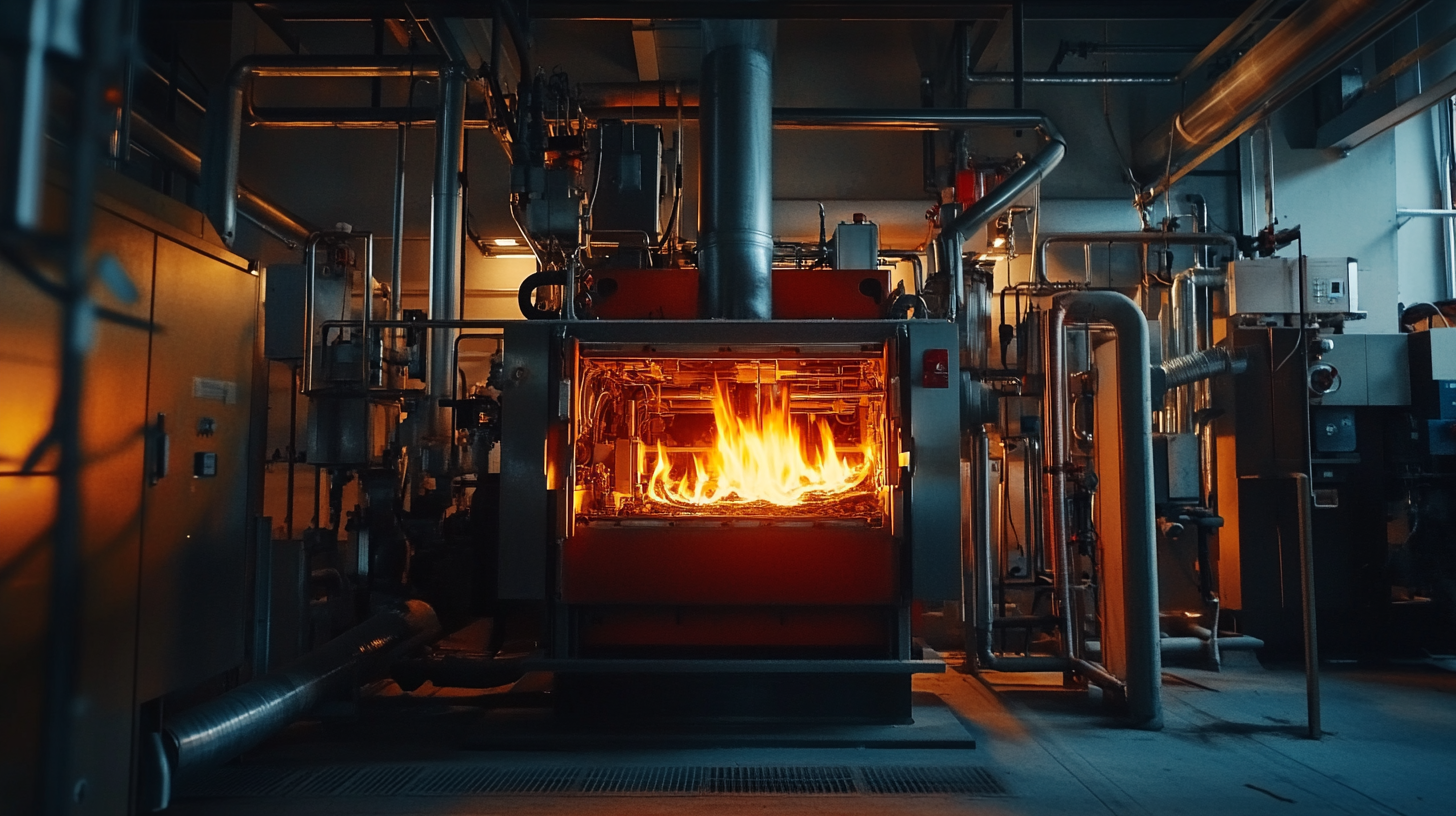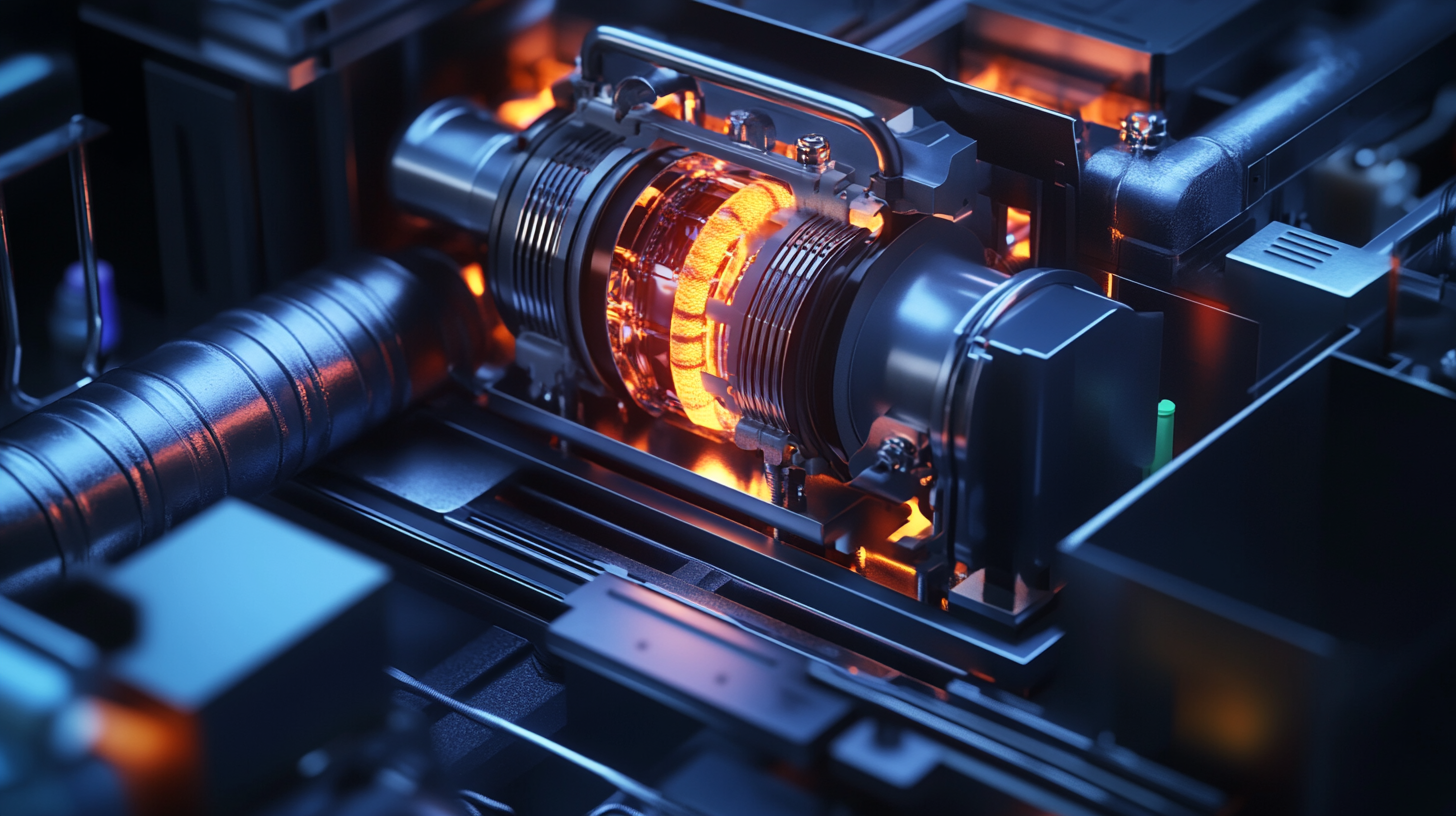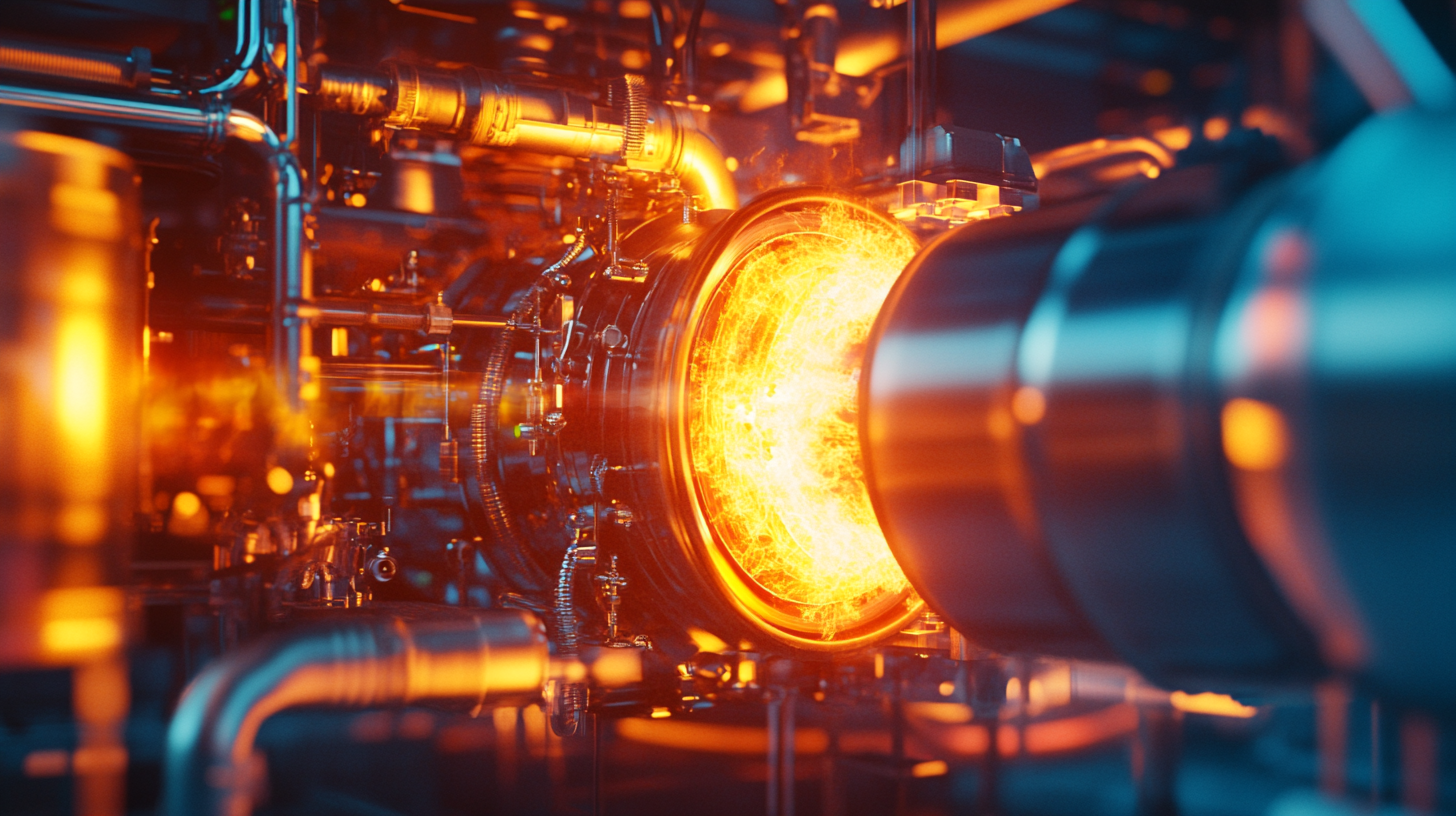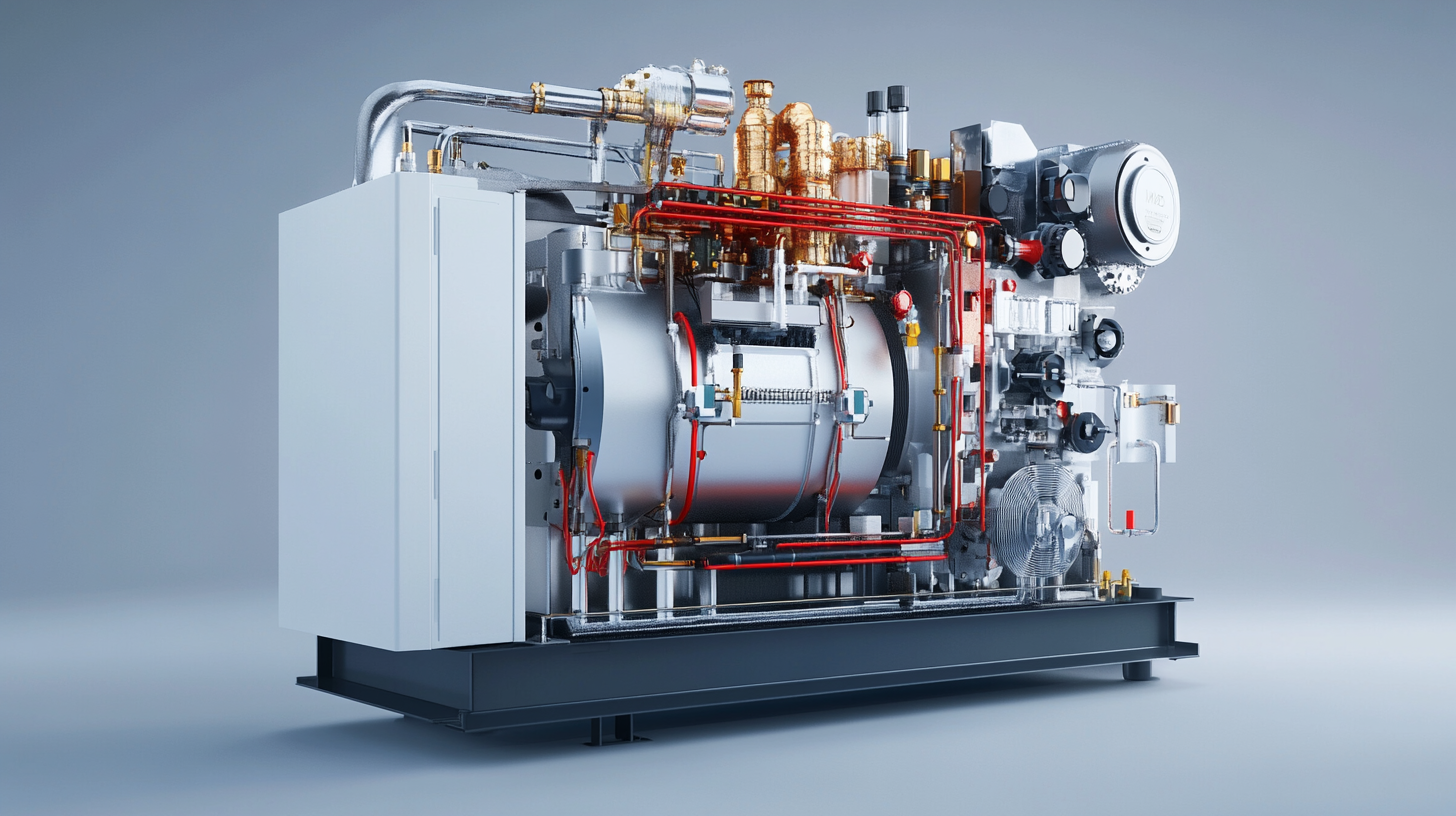Secrets to Maximizing Efficiency with Hip Furnace Technology
In today's competitive landscape, manufacturers are continually searching for innovative ways to enhance productivity while minimizing costs. Hip furnace technology has emerged as a game-changer in this quest for operational efficiency. By integrating advanced heating processes with cutting-edge materials, Hip furnaces enable companies to achieve optimal sintering results, significantly reducing production times and energy consumption. As industries push the limits of what is possible, understanding how to leverage Hip furnace capabilities can be the key to unlocking unprecedented efficiency gains.
As we delve into the secrets of maximizing efficiency with Hip furnace technology, we will explore the essential strategies that can help businesses harness its full potential. From optimizing loading patterns to refining heating cycles, each practice contributes to a more streamlined manufacturing process. By implementing these techniques, organizations not only improve their output and reduce wastage, but also position themselves as leaders in the evolving market. Join us as we uncover the transformative power of Hip furnaces and the practical steps to elevate your operations to new heights.

Understanding Hip Furnace Technology: A Comprehensive Overview
Hip furnace technology has emerged as a transformative force in modern manufacturing, particularly in the production of advanced materials and components. Understanding this technology is essential for industries aiming to enhance efficiency and product quality. At its core, hip (Hot Isostatic Pressing) furnaces utilize both heat and pressure to achieve superior densification of materials, thereby minimizing defects and maximizing performance. This process is particularly relevant in the realm of 3D printing technologies, where the need for highly durable metallic implants is becoming increasingly critical. The current advancements in the field are paving the way for innovative applications, especially in the development of lightweight composite structures. Recent reviews have highlighted the synthesis methods and characterization techniques necessary for optimizing these advanced materials, indicating a shift towards more efficient production methods. By harnessing the capabilities of hip furnace technology, manufacturers can produce intricate designs with enhanced mechanical properties, further driving the demand for sinter hip furnaces in the market. As industries look to the future, understanding the fundamentals of hip furnace technology will be crucial for staying ahead in a competitive landscape.

Key Advantages of Hip Furnaces in Modern Industry
Hip furnaces, or hot isostatic pressing furnaces, have emerged as vital tools in modern industry, primarily due to their ability to enhance material properties significantly. One of the key advantages of hip furnaces is their capability to produce highly uniform, dense materials. This is achieved through the application of high pressure and temperature simultaneously, which facilitates the elimination of porosity in metals and ceramics. As a result, materials processed in hip furnaces exhibit superior mechanical strength and durability, making them ideal for critical applications in aerospace, automotive, and medical fields.
Another notable benefit of hip furnace technology is its efficiency in processing complex geometries. Traditional methods often struggle to achieve the desired density in intricate shapes, but hip furnaces excel in this regard. The isotropic pressure applied uniformly across the material allows even the most detailed components to maintain structural integrity during processing. This feature not only broadens the range of designs engineers can explore but also streamlines production times, minimizing waste and reducing costs.
Moreover, hip furnaces contribute to sustainability efforts within industries by enabling the recycling of materials. Traditional manufacturing processes can lead to significant waste, but the hot isostatic pressing method allows for the reuse of scrap materials without compromising quality. This circular approach not only conserves resources but also aligns with the growing trend of eco-friendly manufacturing practices, further solidifying the role of hip technology in contemporary industrial applications.

Strategies for Integrating Hip Furnace Technology into Existing Systems
Integrating HIP (Hot Isostatic Pressing) furnace technology into existing systems can significantly improve efficiency and sustainability in various industrial applications. By adopting a tailored approach, businesses can enhance their production processes while minimizing energy consumption. This integration involves assessing current workflows and identifying areas where HIP technology can provide the most impact, particularly in industries focused on high-performance materials and complex geometries.
One effective strategy is to leverage smart technology in conjunction with HIP furnaces. Implementing advanced monitoring systems allows for real-time data analytics, optimizing temperature profiles and pressure settings. This leads to not only improved product quality but also reduced cycle times. Moreover, pairing HIP technology with hydrogen energy systems can further amplify its benefits. Hydrogen, as a clean energy source, can power the furnaces, thus aligning with global trends toward sustainability and reducing greenhouse gas emissions.
Additionally, collaboration among industry leaders can foster innovation in HIP applications. By sharing insights and practices, companies can explore new methodologies that enhance the integration of HIP technology into existing HVAC solutions. This collaborative approach supports the industry's transition to smart, eco-friendly systems, ultimately driving growth and ensuring a competitive edge in a market increasingly defined by sustainability and technological advancement.

Maintenance Tips for Optimal Performance of Hip Furnaces
To achieve optimal performance with HIP furnaces, regular maintenance is essential. This not only enhances the efficiency of the equipment but also significantly improves the quality of the end products, especially when utilizing Hot Isostatic Pressing (HIP) technology in additive manufacturing (AM). By ensuring that the HIP furnace operates at peak efficiency, manufacturers can reduce defects in critical applications and enhance the mechanical strength of the components being processed.
One key maintenance tip is to regularly inspect and calibrate the furnace’s pressure and temperature settings. Variations in these parameters can lead to inconsistencies in the HIP process, potentially compromising the integrity of the parts produced. Additionally, routine cleaning of the furnace chamber and ensuring that sealing mechanisms are functioning optimally can prevent contamination and maintain a stable environment essential for successful operations.
Another important aspect is monitoring the wear and tear of components within the furnace. Over time, elements such as seals and insulation can degrade, affecting performance. Keeping a detailed maintenance log can help identify trends and preemptively address issues before they escalate, ensuring that the furnace continues to deliver high-quality results while maximizing productivity. Implementing a proactive maintenance schedule not only prolongs the lifespan of HIP furnaces but also plays a vital role in achieving the desired outcomes in critical applications.
Case Studies: Success Stories Using Hip Furnace Technology
In recent years, the adoption of high-intensity pulse (HIP) furnace technology has revolutionized manufacturing processes across various industries. Companies that have integrated this cutting-edge technology into their operations are witnessing remarkable improvements in efficiency and product quality. One notable success story comes from the aerospace sector, where a leading manufacturer was able to reduce cycle times by over 30% while enhancing the properties of their superalloy components. Through the precise control of temperature and pressure in HIP furnaces, they achieved superior material density, allowing for lighter and stronger parts that meet stringent industry standards.
Another compelling case study highlights the impact of HIP technology in the medical device industry. A prominent company specializing in orthopedic implants leveraged HIP furnaces to enhance the porosity and strength of their titanium alloys. This change not only improved the biocompatibility of their products but also allowed for better integration with biological tissues, resulting in faster recovery times for patients. By investing in HIP furnace technology, the company reported a significant increase in production efficiency and a reduction in material waste, demonstrating how advances in technology can align with sustainability goals.
Additionally, a consumer goods manufacturer adopted HIP technology to optimize the sintering process for ceramics. By employing HIP furnaces, the company managed to produce finer, more uniform materials with improved thermal and mechanical properties. This innovation led to enhanced product performance and opened up new market opportunities. The case studies illustrate that when organizations embrace HIP furnace technology, they not only gain efficiency but also drive innovation, positioning themselves competitively in their respective markets.
